Mint
Mentha spp.
Mint
When you think of mint, what comes to mind? Most would say peppermint, especially during winter and the holidays. Peppermint candies, peppermint-flavored hot chocolate, candy canes and more.
Peppermint is just one kind of plant in the mint, or “mentha“, family. You have probably heard of spearmint, too, especially if you like to chew gum. But have you heard of wild mint? Or water mint?
Peppermint itself is a cross between two of those plants, water mint and spearmint. Yet it has taken over in popularity of the mint world!
Mint varieties are found all around the world. If you look closely at the leaves and flowers, you may notice that different kinds of mint plants are very similar looking.
Have you ever found a wild mint plant? The next time you are out hiking or near a body of water, look around amongst the wild plants. You may just spot some!
About the Mint Plants
Mint leaves are up to 3 inches long, with toothy edges and tiny hairs covering them.
Mint stems are square-shaped and smooth. Leaves come off of the stems directly opposite of each other.
Mint plants spread through underground roots and stems that spread readily through the moist soil.
Flowers of mint plants are a fuzzy-looking light, lilac-colored cluster of tiny petals. Peppermint flowers do not produce seeds.
Mint plants like to grow in damp places, like next to lakes or streams, in woods or in grassy areas.
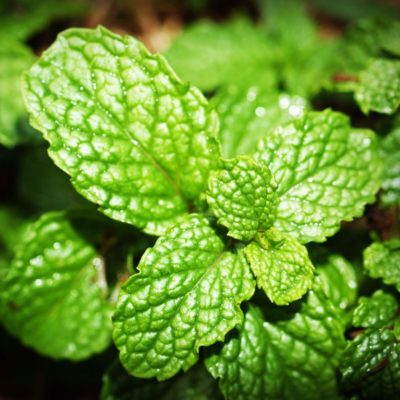
Growing Mint
Mint is fairly easy to grow, as long as you provide enough moisture. Peppermint is best started with purchasing plants from a nursery, or getting cuttings or extra plants from another gardener.
Controlling Mint
The underground root system of a peppermint colony can spread far and wide if not controlled. There are a few options for keeping the size of the patch in check:
- Grow the peppermint in a container
- Place a partly-underground divider around the mint patch so the roots can’t spread through the surface soil
- Pull out any excess growth at the edges as it escapes from the desired patch
New Varieties
If you look around at plant nurseries, you will see some other types or “flavors” of mint. Here are some examples:
- Strawberry mint
- Chocolate mint
- Pineapple mint
- Orange mint
Peppermint and spearmint have many other family members!
Look around inside your home. Do you find mint hiding anywhere?
Take a peek below and see where it’s hiding around here!
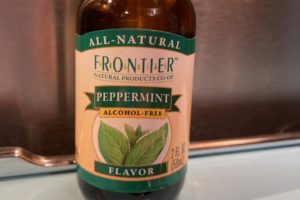
In the Spice Cupboard?
Peppermint flavoring is used in making candies and other treats.
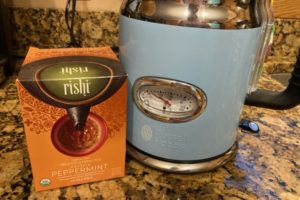
In the Pantry?
Peppermint tea is a delicious, relaxing and caffeine-free option for cold winter nights.

Hiding Elsewhere?
Make sure you have permission before sneaking into anyone’s purse, but perhaps you know where there’s some gum or breath mints hiding.
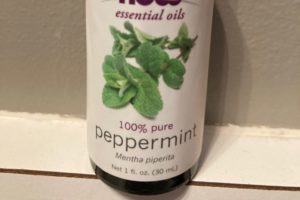
Another Brown Bottle
While peppermint flavor is meant for delicious edibles, the peppermint essential oil is much stronger, and should be used carefully. It might be used for its aroma, or added to soaps, lotions, or a warm bath.
Anywhere else?
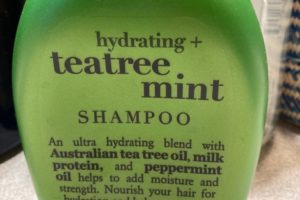
Bath and Body Care
You may find peppermint hiding in lotions, soaps or even shampoo. We don’t recommend tasting these, though…
Collecting, Using and Storing Mint

Fresh leaves:
Flavor a pitcher of water or lemonade
Make peppermint tea
Add a sprig to a trash can to freshen it up
Dried leaves:
Peppermint tea
Flavoring as a spice for foods
Peppermint extract:
Used in recipes to flavor cookies, candies and cakes
Fresh mint can be picked as whole stems, or as a few leaves at a time. Make sure you are picking mint from an area that doesn’t have exposure to bad chemicals, like pesticides or fertilizers.
If you are using the leaves fresh, make sure to rinse them carefully to remove any dirt or hidden insects.
If you want to dry the leaves to use later, bundle the whole stems together and hang upside down in a warm, dry spot, or lay out individual leaves on dry paper towels, or use a dehydrator to dry them even faster.
Once the leaves are dried, they should be stored in a clean, dry, airtight container, like a food storage container or mason jar.


